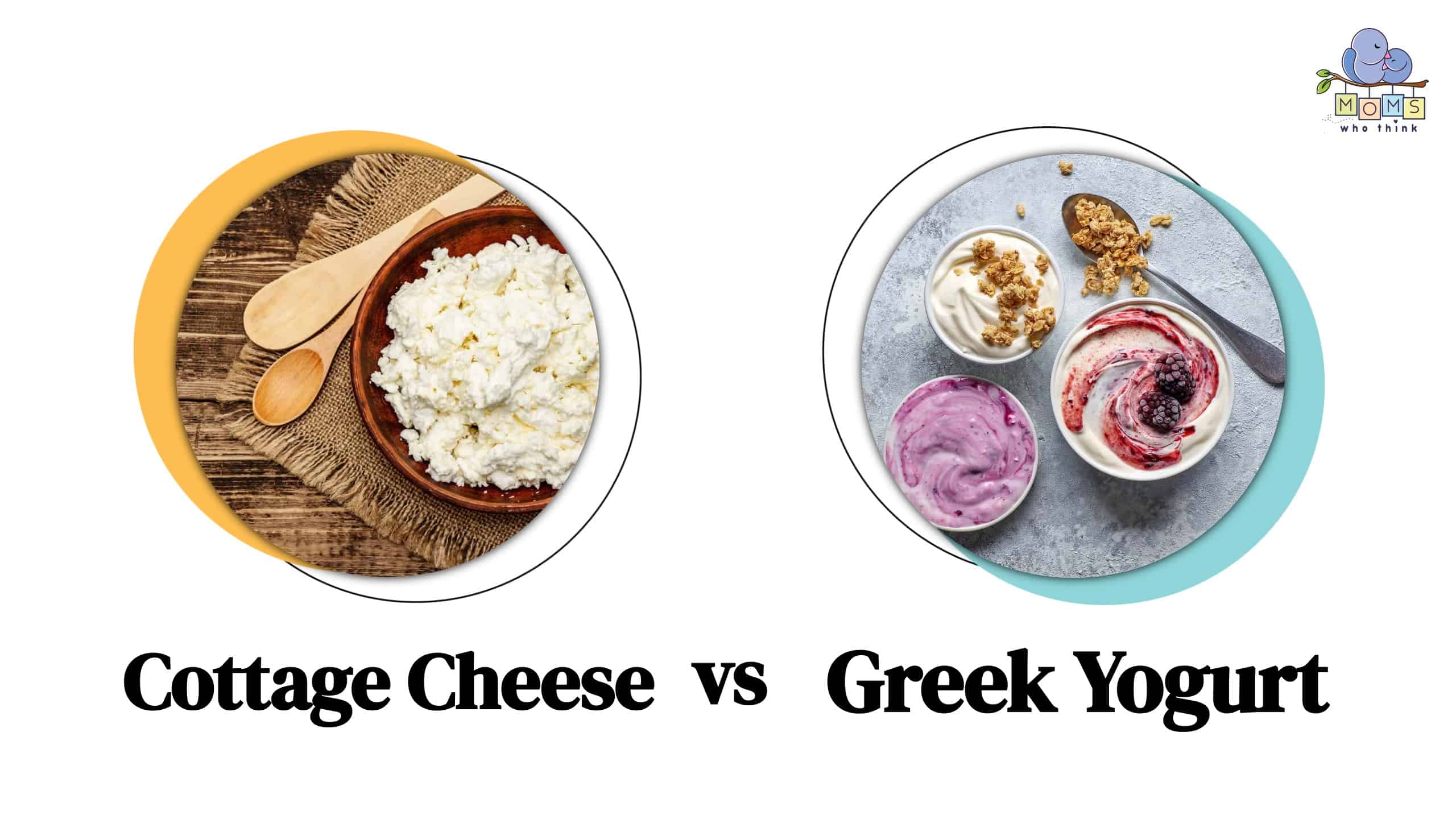With the growing popularity of fitness ingredients, it’s no wonder that two special kinds of dairy products have found their way onto many grocery shop shelves – cottage cheese and Greek yogurt.
Both those products are crafted from milk and boast several fitness benefits. However, they are different in quite a number of ways. This post looks at these two popular fermented kitchen gems in detail.
Cottage Cheese vs. Greek Yogurt: What's the Difference?
Cottage cheese and Greek yogurt have so much in common. They are both made with multiple types of milk and are considered wholesome options for dairy products.
Cottage cheese is traditionally crafted from cow’s milk, while Greek yogurt is normally made from sheep, cow or goat’s milk.
What's Healthier: Cottage Cheese or Greek Yogurt?
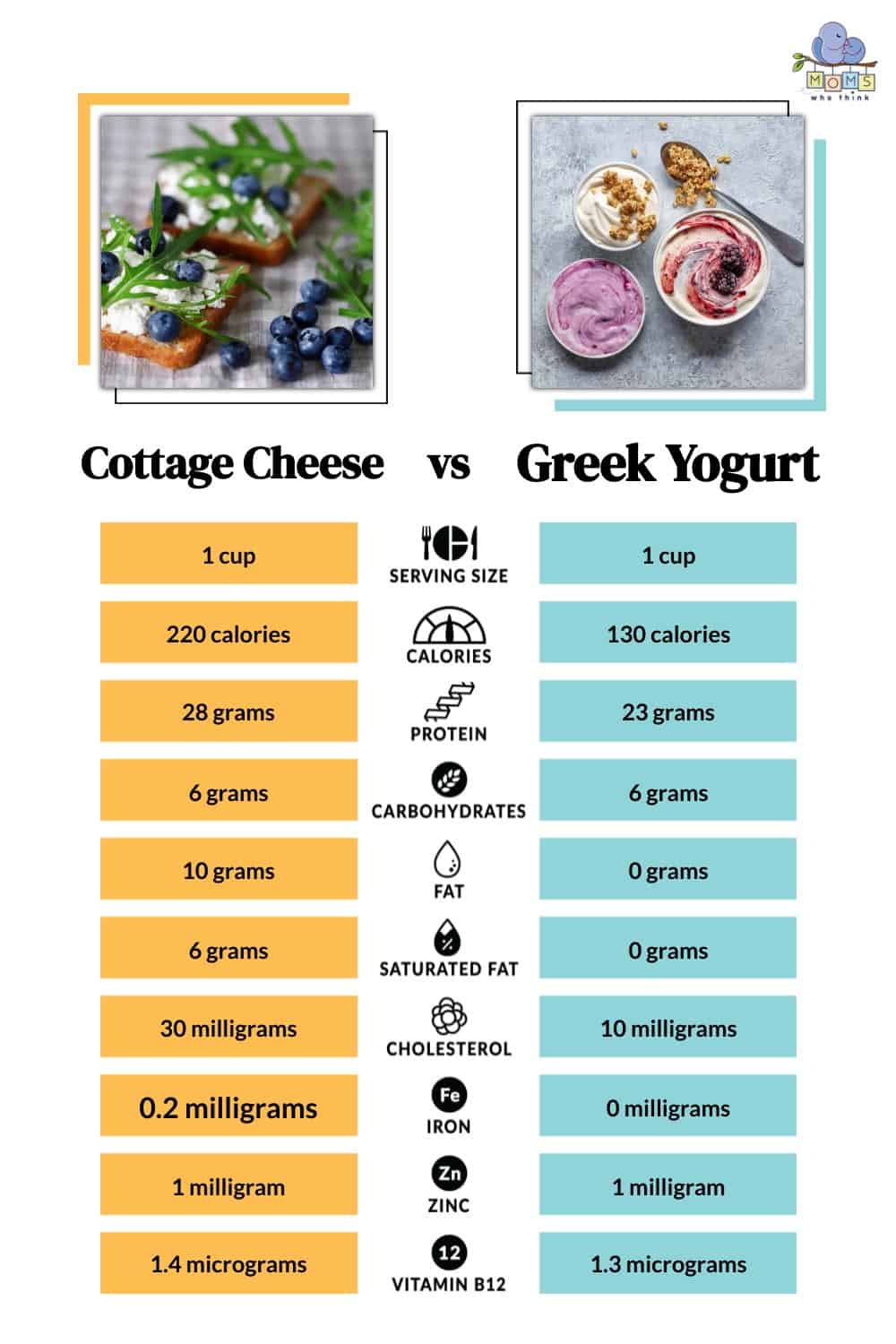
A nutritional comparison of cottage cheese and Greek yogurt
©
On a per-serving basis, cottage cheese has 220 calories versus Greek yogurt's 130 calories. Cottage cheese has more calories in part because it has 10 grams of fat per serving while Greek yogurt has none. In general, both cottage cheese and Greek yogurt are extremely healthy options, but if you're looking for a lower-calorie option, Greek yogurt has fewer calories per serving. Keep in mind that Greek Yogurt (as well as other yogurts) will have variable calories depending on the milk used as a base.
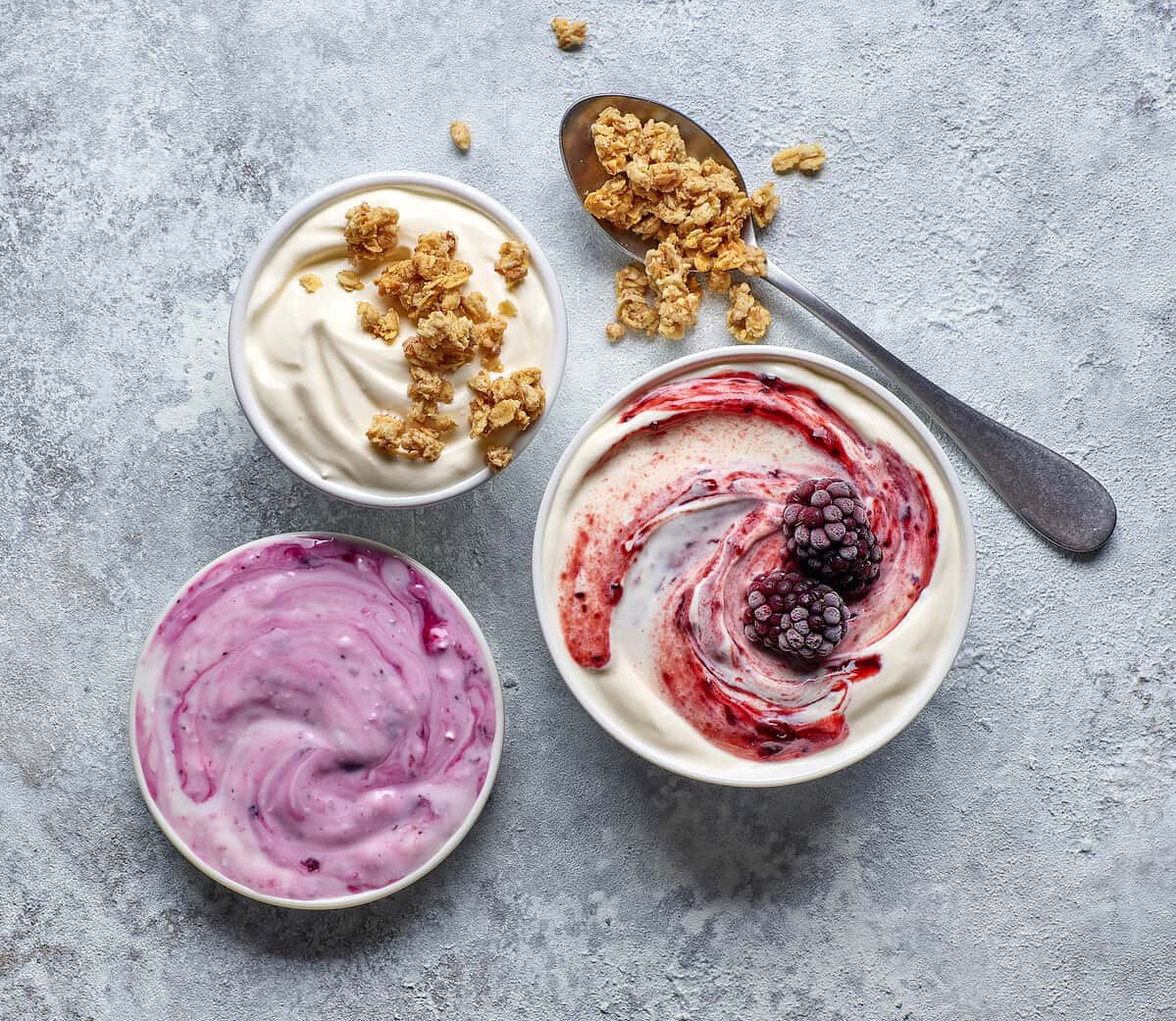
Pieces of fruits added to a bowl of Greek yogurt make a tasty, wholesome treat.
©iStock.com/Magone
What is Cottage Cheese?
Cottage cheese is one of the most flexible and scrumptious dairy ingredients accessible. It's a soft, curd-style cheese that has been around for hundreds of years. Cottage cheese is made from cow’s milk, and you may eat it on its own or use it in recipes like salads, dips, and more.
Not only does cottage cheese have a mild and creamy taste, but it's also packet with protein, calcium, and nutrients. Whether you’re seeking a quick snack or a component to add to your favorite recipes, cottage cheese is certain to thrill. Here’s all you need to recognize this delicious dairy product:
Cottage cheese is made by curdling milk, separating the curds from the whey, then pressing it into molds. The cheese can be flavored with herbs or spices and can range in texture from smooth and creamy to chunky and lumpy.
It’s low in fat yet so high in protein and calcium, making it a super snack for those managing their weight or seeking to get a very good dose of critical nutrients. It’s also relatively flexible; you could eat it plain with a sprinkle of salt, add it to your salads and sandwiches, or use it as an aspect in baked items like muffins and pies.
Cottage cheese is also awesome for baking as it provides a rich, creamy texture without including any more fat. If you’re trying to lighten up a recipe, update a number of the butter or oil with cottage cheese. It also makes for a superb alternative for ricotta in dishes like lasagna and filled shells. For those searching out a wholesome dessert alternative, attempt blending it with clean fruit for a fat, excessive-protein treat.
What is Greek Yogurt?
This sort of yogurt is made by straining ordinary yogurt to eliminate whey, which results in a thicker product that contains extra protein, calcium, and probiotics than regular yogurt. Not the handiest, but is it a delectable snack or breakfast option? It may additionally be used as a component in many dishes.
Greek yogurt is made by straining normal cow’s milk or goat’s milk yogurt via cheesecloth or a filter-out. This method removes the liquid whey, which ends up in a thicker and creamier texture with two times as much protein according to serving than regular yogurt.
Greek yogurt can also comprise extra calcium, probiotics, and cultures in comparison to other types of yogurt.
Nutrients In Greek Yogurt
Greek yogurt is a super source of protein, calcium, and probiotics. It’s additionally low in fat and calories, making it a wholesome snack or meal choice. One cup of Greek yogurt typically contains the following:
- Around 17-18 grams of protein.
- 20% of the daily advocated allowance for calcium.
- Gut-healthy probiotics like Lactobacillus acidophilus and Bifidobacterium.
Health Benefits Of Greek Yogurt
Greek yogurt brings several advantages to your health, especially compared to other dairy products. It’s a fantastic supply of protein, facilitating muscle growth and repair.
Greek yogurt also helps preserve bone health due to its excessive calcium content and may assist in improving digestive health as well because of its probiotic content.
Additionally, research has shown that normal consumption of Greek yogurt may also assist in lessening infection and cholesterol levels.
Greek Yogurt In Recipes
Greek yogurt may be utilized in various recipes, from savory dishes to sweet treats. It’s frequently used as a factor in sauces, dressings, and dips, as a substitute for mayonnaise or bitter cream in recipes, or as a topping on dishes like salads, baked potatoes, and tacos.
You can also add Greek yogurt as an ingredient in cakes, truffles, smoothies, fruits, and desserts.
Can You Substitute Cottage Cheese For Greek Yogurt?
Cottage cheese may be an ideal replacement for those looking for a healthier and lighter alternative to Greek yogurt. Featuring fewer calories than Greek yogurt and a high protein content material, this dairy product gives the identical advantages as its greater popular counterpart.
Here, we discuss how you may use cottage cheese in place of Greek yogurt, in addition to the potential blessings and disadvantages of doing so.
Cottage cheese provides a first-rate opportunity for those looking for lower-calorie options than Greek yogurt. Generally, cottage cheese carries around 100 energy calories per quarter cup, while Greek yogurt consists of roughly 30 energy calories in a quarter cup serving.
Additionally, cottage cheese is better in protein quantity than Greek yogurt, with 14 grams in a serving as compared to 12 grams for an equal amount of Greek yogurt.
When it involves texture and flavor, each product can offer a thick and creamy consistency that makes them wonderful alternatives while substituting for each differently.
Cottage cheese has a more moderate flavor and may be an excellent base for including other substances to create smoothies or yogurt-stimulated recipes. Similarly, Greek yogurt can still provide the same creaminess as cottage cheese while used in baking or meal-prepping recipes.
The most common disadvantage of using cottage cheese instead of Greek yogurt is the presence of small curds. While the curds can be blended till they are nearly unnoticeable, they can still affect the texture and consistency of your meal or recipe.
Are Cottage Cheese and Greek Yogurt One and The Same Thing?
No, cottage cheese and Greek yogurt aren't the same thing. While each dairy product may also have similar health benefits, they have wonderful variations in terms of flavor, texture, and nutrient content. Cottage cheese is a type of gentle fresh cheese made by curdling pasteurized cow’s milk with an acid. Its texture varies from chunky to clean, with some pieces of curd nevertheless visible, although a smoother version can be strained as Greek yogurt is.
Cottage cheese has fewer calories and fats than different cheeses but is an excellent source of calcium, phosphorus, and protein. It is usually served with greens, nuts, or other toppings.
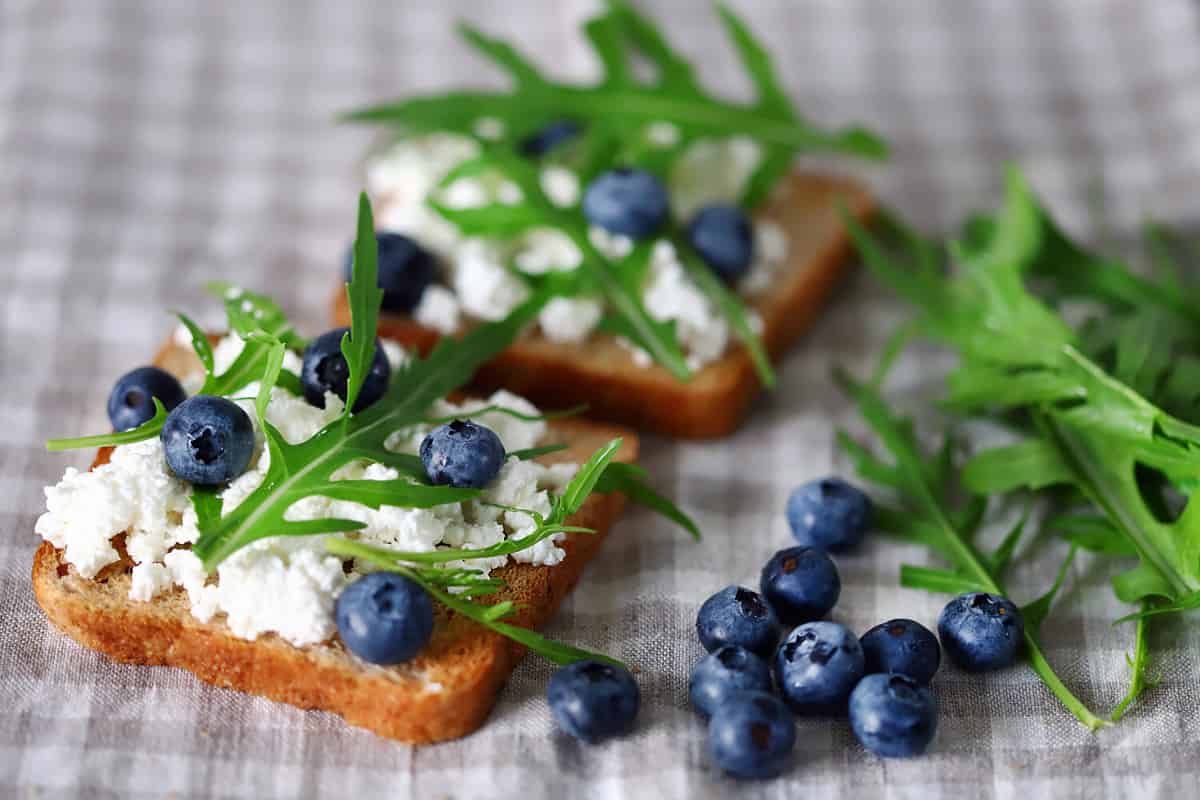
Nutrient-dense cottage cheese has fewer calories and fats and makes an excellent spread on bread.
©Chatham172/Shutterstock.com
Greek yogurt, on the other hand, is a strained yogurt made by straining the whey from normal yogurt to create a thicker product. This process removes some lactose-content material, making it less difficult for lactose-intolerant coosumers to digest.
Greek yogurt has a tart, tangy taste, and creamy texture. This is pretty much like sour cream. It also has considerably greater protein than regular yogurt, making it a perfect fit for health-aware clients.
When it involves cooking, Greek yogurt can be used for bitter cream or mayonnaise in many recipes. Alternatively, cottage cheese is more frequently used as a topping or filling for diverse dishes, including salads and wraps.
While cottage cheese and Greek yogurt have a few similarities, they are not equal. They have distinct differences in taste, texture, and nutrient content, and one can make use of them to be appropriate for one-of-a-kind dishes.
Regarding health benefits, both provide a great supply of calcium, phosphorus, and protein. Ultimately, choosing which product to use in a recipe depends on private choice and dietary desires.
Best Substitutes For Cottage Cheese
While it presents an exciting taste and texture to recipes, some people may not have access to it or would like to explore alternatives.
Here are some of the most common substitutes for cottage cheese:
1. Ricotta Cheese – Ricotta is another kind of cheese that works well in place of cottage cheese. It is mild in taste, with a creamy texture and moderate sweetness. You can use it in any recipe that needs cottage cheese, although it does have barely any extra fats and energy than cottage cheese.
2. Cream Cheese – This type of cheese has a clean texture, making it best for use as a cottage cheese substitute. Its taste is moderate, with notes of sweetness and tanginess and it does have more fat than cottage cheese. However, it can be used to upgrade the latter in any recipe.
3. Greek Yogurt – This form of yogurt is made from strained milk, growing an exceedingly thick texture, making it an incredible cottage alternative. It has a mild flavor and is barely tart, with notes of tanginess.
4. Tofu – This popular vegan alternative to cheese may be used as a substitute for cottage cheese in a few recipes. It is high in protein and healthy fats and calories, making it a superb alternative for individuals seeking to reduce dairy consumption.
5. Cauliflower – This cruciferous vegetable may be blended and processed until it has a texture similar to cottage cheese, making it an incredible substitute in a few recipes. It is low in calories and fat but high in fiber and nutrients.
These are only some of the most famous substitutes for cottage cheese. Depending on which option you decide on, it's crucial to keep in mind the taste and texture it'll pass on to your dish.
With cautious attention and experimentation, you may find the ideal cottage cheese replacement for any recipe.
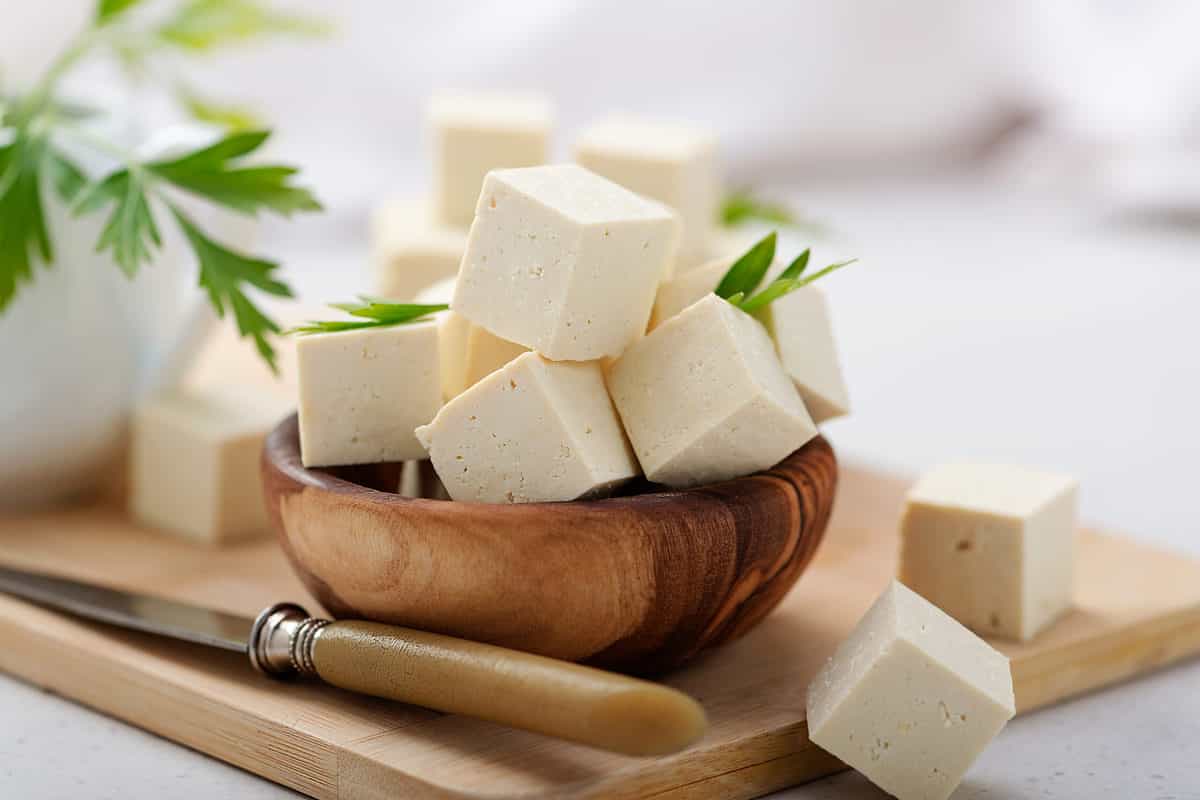
Tofu is an excellent vegan alternative to cottage cheese.
©nelea33/Shutterstock.com
Best Substitutes For Greek Yogurt
Greek yogurt is a famous and nutritious alternative to normal yogurt. It is made by straining out the whey and different liquids, leaving behind a thick, creamy yogurt that has twice the protein level of ordinary yogurt. However, several substitutes for Greek yogurt may replace it in recipes or offer similar vitamins without having to strain the yogurt first.
1. Regular Yogurt: Regular yogurt is a greater handy choice over Greek yogurt, as it does not require straining and is has no trouble being available in most grocery stores. It includes similar amounts of protein, calcium, and probiotics as Greek yogurt but has little to less fat. However, regular yogurt might be thinner than Greek yogurt and might not provide an identical creamy texture.
2. Non-Dairy Yogurt: Non-dairy yogurts such as coconut, almond, or soy are available at most grocery shops and health food stores. These yogurts are made with no animal products and may be an outstanding choice for people who can not consume dairy products for some reason. They can be used as substitutes for Greek yogurt in most recipes and feature similar nutrient profiles. However, considering those yogurts are thinner than regular Greek yogurt, they will not offer the same creamy texture.
3. Cottage Cheese: Cottage cheese is a brilliant alternative to Greek yogurt as it has a comparable texture and creaminess but carries extra protein. It also presents calcium and probiotics, as well as other minerals, together with phosphorus and potassium. Cottage cheese may be used in Greek yogurt in recipes but can also upload an exceptional taste to dishes.
4. Tofu: Silken tofu is a superb substitute for Greek yogurt if you want a vegan or dairy-free opportunity. Its texture is similar to Greek yogurt and may also be used in recipes in the same way. Tofu is rich in protein, calcium, and important minerals such as magnesium and zinc.
5. Kefir: This is a fermented milk drink made from cows, goats, or sheep. It is similar to yogurt but carries more probiotics, making it a wonderful opportunity for consumers looking for advanced digestive health benefits. Kefir also has a slightly bitter flavor that may be utilized in recipes or enjoyed on its own instead of Greek yogurt.
How To Make Cottage Cheese At Home
Making cottage cheese at home is a simple and profitable activity. With the proper ingredients and equipment, you will have clean, additive-free and delicious homemade cottage cheese to enjoy.
These are the steps you may want to work with to make your own cottage cheese:
1. Gather all your substances, which are one gallon of whole milk, half a cup of white vinegar, 1 teaspoon of salt, and a kitchen thermometer.
2. Heat the milk in a big pot to 190⁰F (88⁰C). You can use either a stovetop or an electric-powered warm plate for this step; be sure to hold a steady temperature by occasionally stirring all through the method. The milk will start to curdle throughout this process.
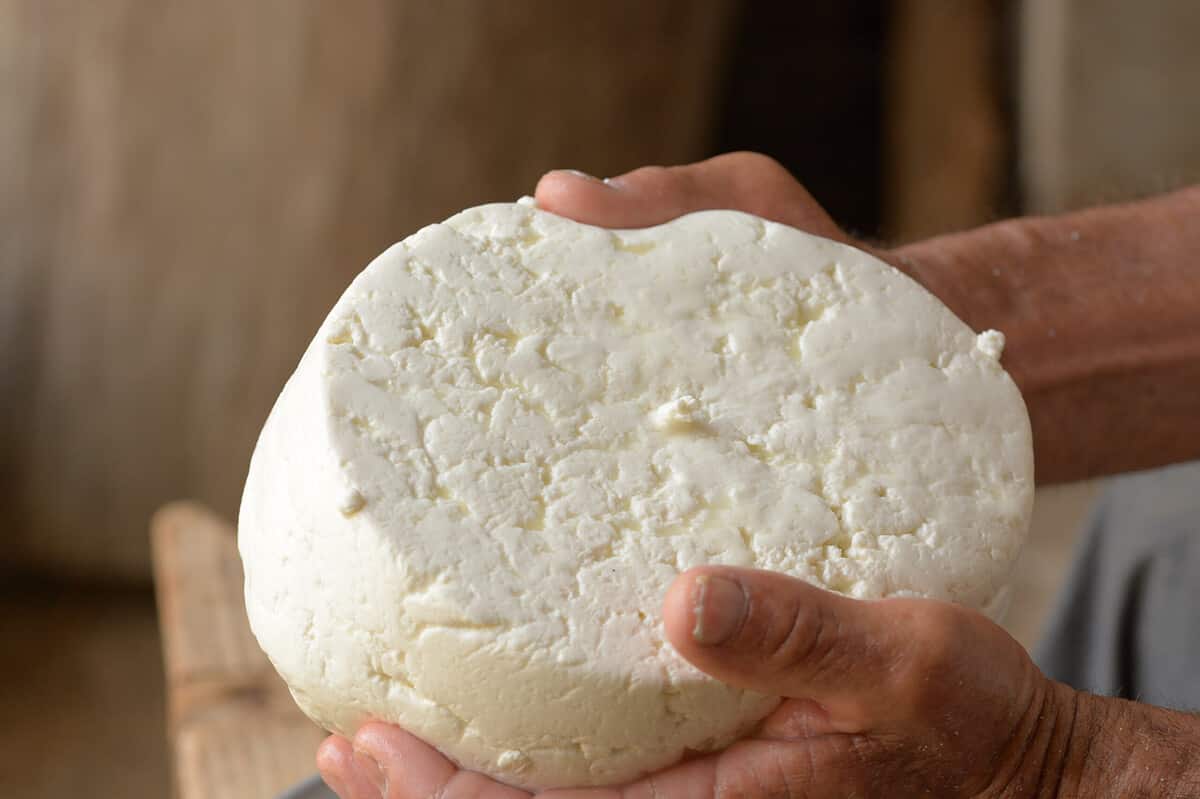
Cottage cheese is easy to make at home.
©Famed01/Shutterstock.com
3. Once the milk has reached the said temperature, remove the pot from the heat and add half a cup of white vinegar to the milk. This will help the milk further separate into curds and whey.
4. Allow the aggregate to sit for approximately five minutes, then stir gently with a spoon or whisk. This will assist in making sure the curds and whey are evenly distributed inside the mixture.
5. Line a colander with cheesecloth and pour the aggregate into it. Allow it to empty for about a half-hour or until all of the liquid has separated from the curds.
6. Once the liquid has drained, transfer the cottage cheese curds to a bowl and blend in 1 teaspoon of salt. Note that you could add different components like herbs, spices, or vegetables to the combination for flavoring.
7. Finally, cover the bowl with plastic wrap and place it inside the refrigerator until it is ready to serve.
How To Make Greek Yogurt At Home
Making Greek yogurt at home isn't always the simplest possible, but it's less complicated than you may think. With a few simple ingredients and simple kitchen equipment, you could immediately make creamy, delicious Greek yogurt right in your kitchen.
Follow these simple steps to make your very own Greek yogurt:
1. Start with Milk: You’ll need a few quarts of whole milk (ideally organic and not ultra-pasteurized). Heat the milk over medium warmth until it reaches 190°F, then remove the pot from the stovetop.
2. Cool the Milk: Let the heated milk cool to 115°F, which should take around 10 minutes. At this point, add some tablespoons of simple yogurt with live energetic cultures (available in most grocery shops).
3. Heat again: Return the pot to the stovetop and warm the milk/yogurt mixture again to 115-120°F; stirring every once in a while. Once this temperature is attained, remove the pot from heat once more.
4. Let it sit: Cover the pot and allow it to sit in a moderately heated place, like an oven preheated to 100°F (turned off, however), for at least four hours or a single day. This allows the cultures to act on the milk and thicken it into yogurt.
5. Strain the yogurt: Line a strainer with several layers of cheesecloth and place it over a bowl. Pour the yogurt into the filter. Let this sit inside the refrigerator for at least two hours so the liquid whey can drain off.
6. Enjoy! When ready to use, transferthe thick Greek yogurt to an airtight container and store it inside the refrigerator for up to two weeks. You can enjoy your freshly made Greek yogurt plain or with some fruit or honey added for a delicious, healthy treat.

Enjoy your home-made Greek yogurt as part of breakfast or as a healthy snack.
©Africa Studio/Shutterstock.com
A Quick Comparison of Cottage Cheese vs. Greek Yogurt
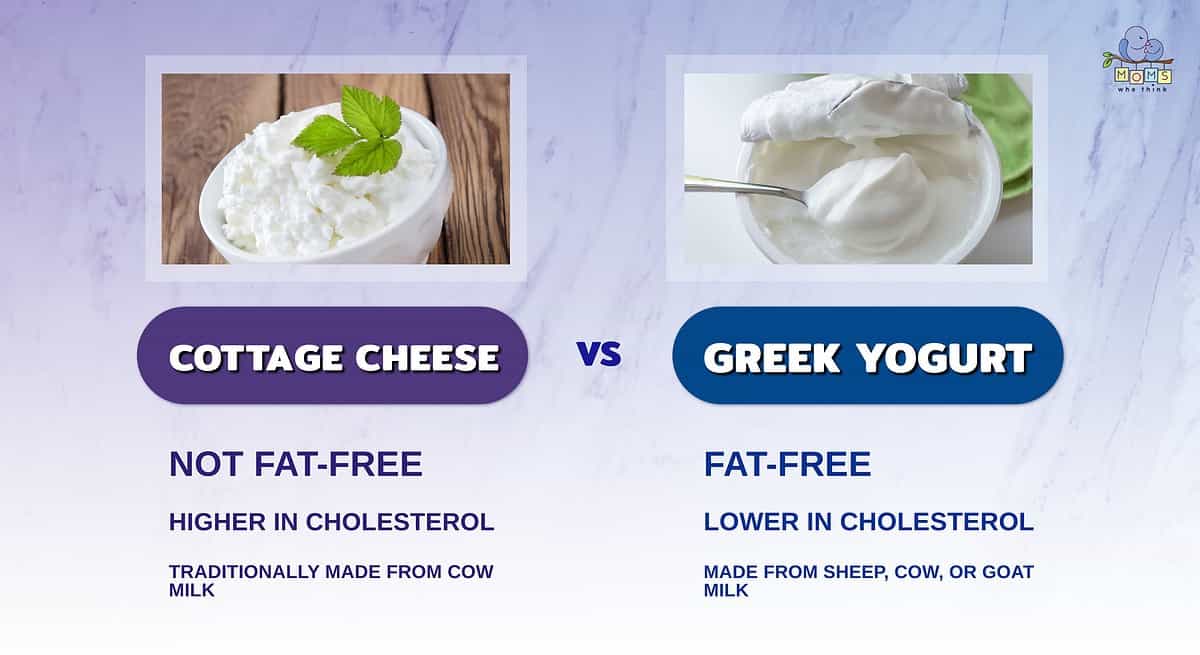
Both cottage cheese and Greek yogurt are great choices if you're looking to add more protein to your diet. If controlling your fat and cholesterol intake is important to you, choosing Greek yogurt is the best choice. Texture may also matter to you; some people don't like the chunky texture of cottage cheese, while others don't care. Both of these dairy products can be incorporated into a variety of recipes, or enjoyed on their own! For some great recipes to use either of these foods in, check out the links below.
Cottage Cheese Recipes
- Italian Five Cheese Stuffed Shells Recipe
- Mac and Cheese Bake Recipe
- Healthy Cheese Stuffed Potatoes Recipe
Greek Yogurt Recipes
Print
Blueberry Greek Yogurt Smoothie
Ingredients
- 1 Blueberry Greek Yogurt
- 1 Cup Frozen Berries
- 3/4 Cup water or milk
- 1/2 Banana
- Honey to taste (optional)
- Optional Protein additions: Chia Seeds, Oatmeal, Peanut Butter, or Almonds
Instructions
- Combine ingredients and blend.
